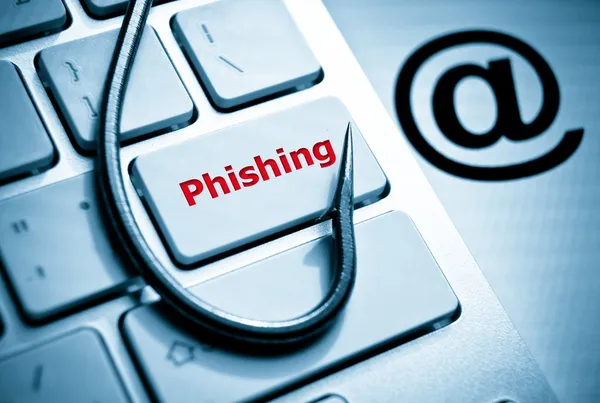Mastering Digital Defense: 4 Key Strategies to Prevent Phishing Attacks through Security Awareness

Introduction:
In today’s digital age, cyber threats like phishing attacks are becoming more sophisticated and prevalent. Individuals and organizations can protect themselves from these malicious attempts by incorporating security awareness into their day-to-day operations. This article aims to shed light on phishing, how it can be combated through security awareness training, and outline four effective strategies to prevent phishing attacks.
Understanding Phishing and the Role of Security Awareness Training:
Phishing is a cybercrime where fraudsters trick individuals into disclosing confidential data. Such scams can lead to financial losses, identity theft, or malware installation. An effective countermeasure to phishing is security awareness training. By enlightening individuals about different phishing strategies and teaching them how to spot and prevent such threats, companies can drastically reduce their exposure to these cybercrimes.
Four Phishing Techniques Security Awareness Training Can Counteract:
- Email Phishing: In this scenario, fraudsters send deceptive emails, imitating credible organizations. They bait recipients into clicking on harmful links or downloading infected attachments. Security awareness training teaches individuals how to recognize and avoid these misleading emails.
- Spear Phishing: This is a targeted form of phishing where criminals tailor their attacks using information about their victims gathered from sources like social media. Security awareness training enhances one’s ability to discern such personalized attempts.
- Voice Phishing (Vishing): Fraudsters use phone calls to extract confidential information, pretending to be trusted entities. Security awareness training educates individuals on how to identify and avert such deceptive calls.
- SMiShing: This type of scam utilizes text messages to trick individuals into divulging sensitive data. With security awareness training, individuals are taught to be wary of responding to suspicious or unknown messages.
Strategies to Avert Phishing Attacks:
- Anti-Phishing Software: Implement anti-phishing tools that offer spam filtering, attachment scanning, and phishing email detection. These tools serve as an additional shield against phishing attempts.
- Safe Email Practices: Approach emails cautiously. Confirm the sender’s authenticity, inspect domain names, scrutinize content for suspicious elements, and refrain from opening unknown attachments or clicking on dubious links.
- Safety Measures for Vishing and SMiShing: When receiving calls or messages, adopt protective measures. Use reliable applications to filter spam, avoid sharing personal data, and never divulge authentication details to anyone.
- Online Safety: Stay guarded during online activities. Refrain from sharing sensitive information on social media, ensure websites are secured (look for HTTPS and SSL certification), and be wary when interacting with unfamiliar links or sites.
Conclusion:
Despite posing significant risks to individuals and organizations, phishing attacks can be effectively mitigated by implementing security awareness training and other preventive measures. Remember, staying informed and vigilant is vital in the fight against phishing attacks. By taking these steps, the risk of succumbing to phishing scams can be considerably reduced.
For any additional inquiries or assistance, feel free to reach out to us. We are here to support you in safeguarding your network and domain from any threats. www.anwsol.com/contact

